Russell Westbrook’s Why Not Zer0.1 has been a beast on-court so far and today we find out why the shoe’s build makes it so great.
While many may not have the heart to chop some of the shoes that arrive on the FastPass band saw, we’re glad the team there does.
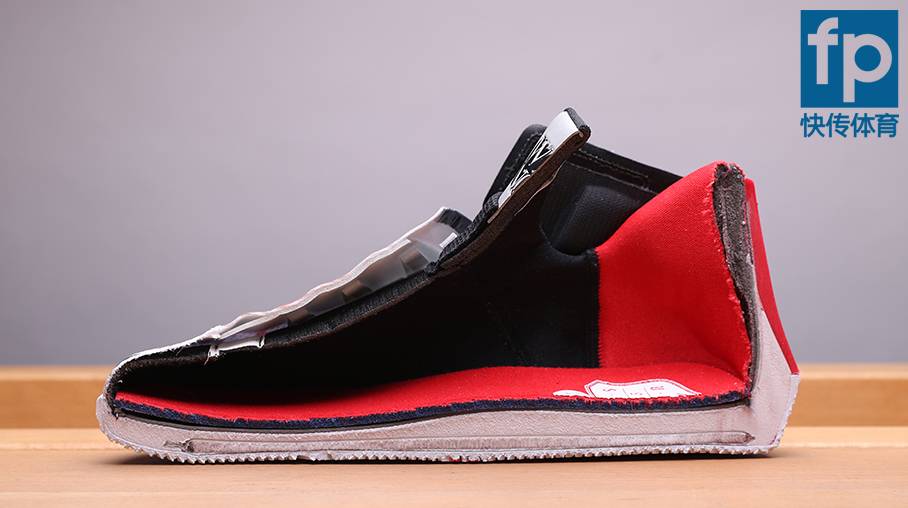
Reading comments online regarding this cross section of the Jordan Why Not Zer0.1 has been interesting. Many are complaining that the Zoom Air unit is too thin. However, it’s the standard full-length unit that we’ve been getting for over a decade. Nearly every shoe that features full-length Zoom Air utilizes this same unit and it’s never been considered too thin for anyone — however, this is the age of 15mm thick Zoom units (LeBron 15).
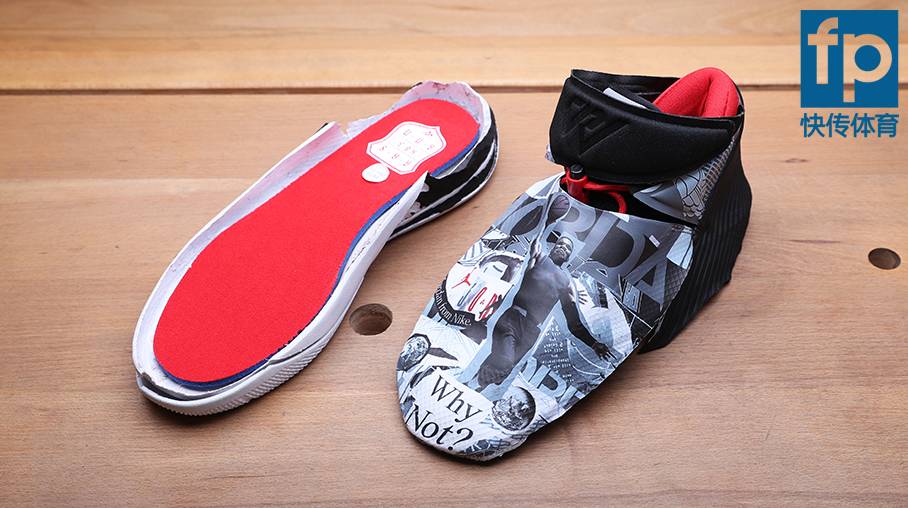
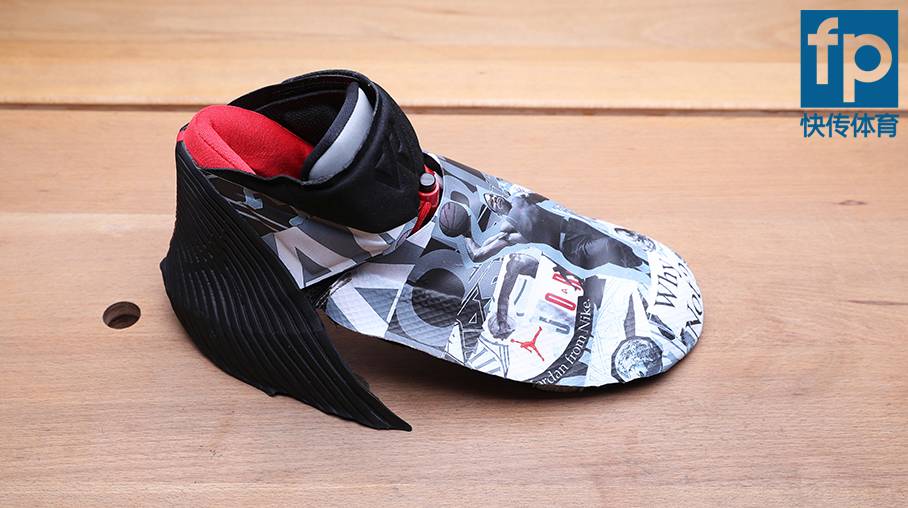
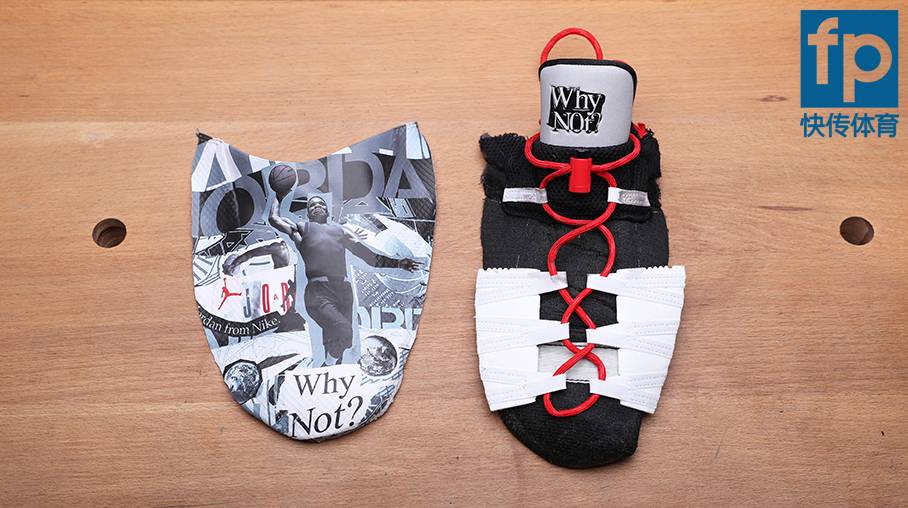
The lacing system was one of the first things I checked out when I had a pair of the Why Not Zero.1 in-hand and this deconstruction shows exactly how it works. The materials that make it up are nothing special or premium, but the implementation is awesome.
The fit is one of my favorite aspects of the shoe and it all has to do with two components: the outer synthetic layer and the inner structure of the shoe. Pulling tightly isn’t even really needed — unless the shoe doesn’t fit you properly — but if you wanted to tug and tighten up a bit, it won’t take much effort.
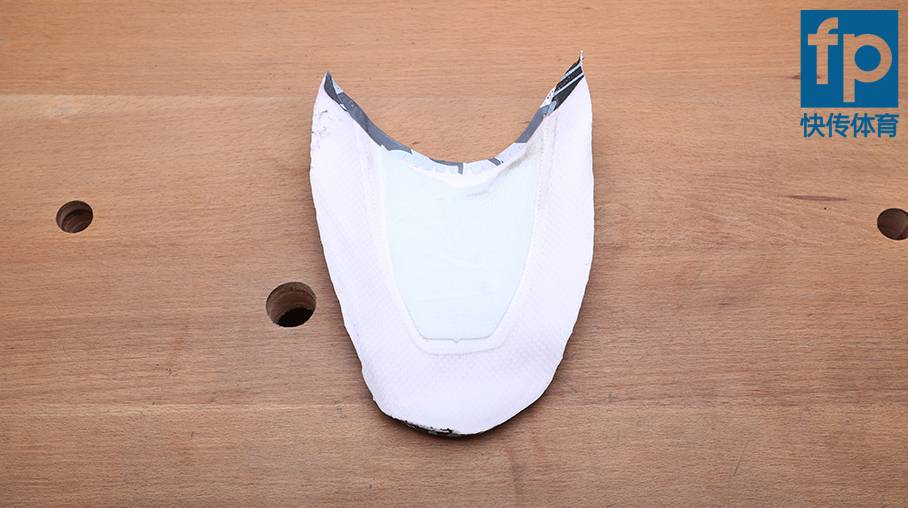
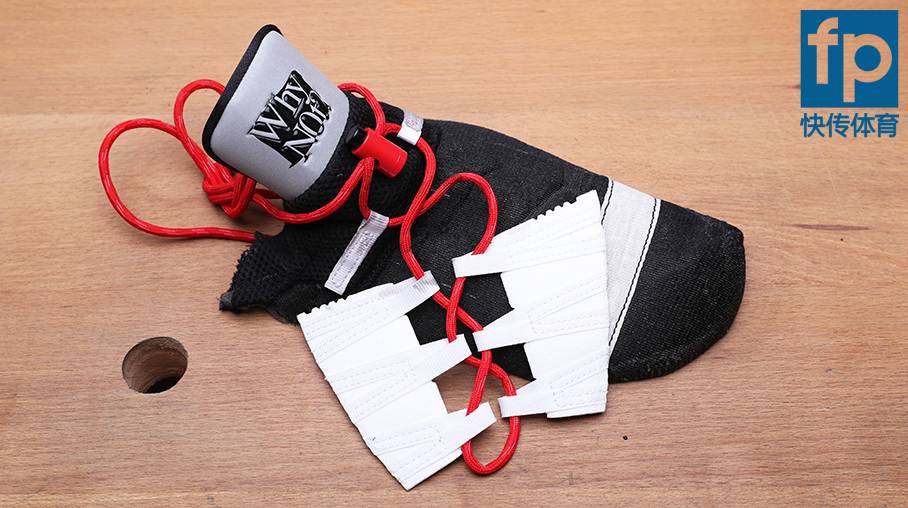
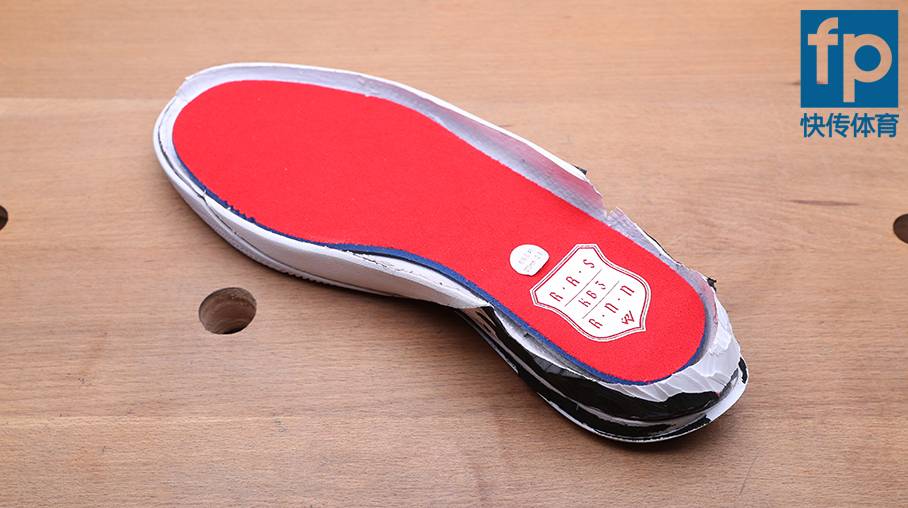
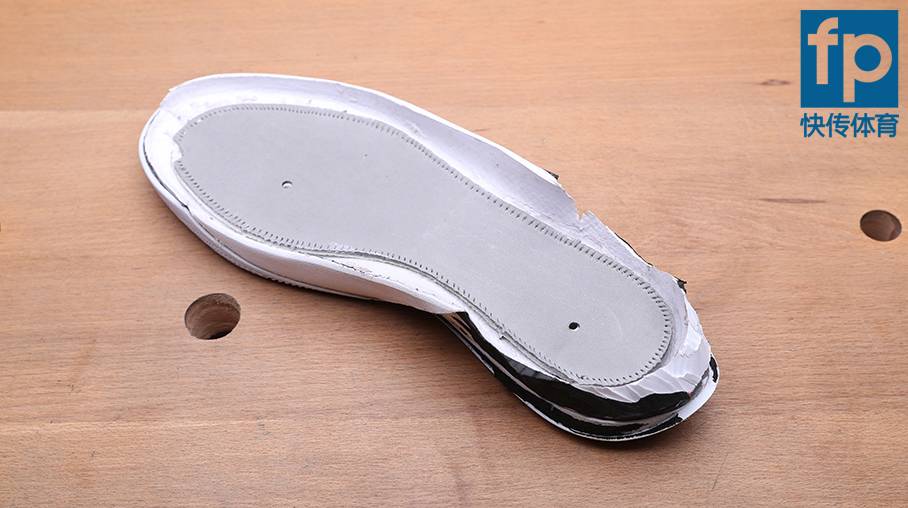
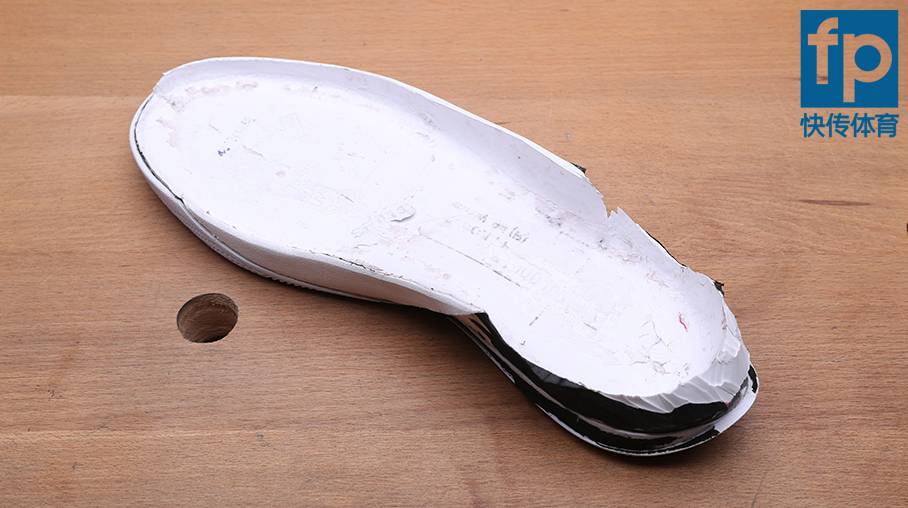
After the insole and stroble board you’ll run directly into the Phylon foam that makes up the midsole. The cushion is bottom loaded so you won’t see that until the shoe is flipped over.
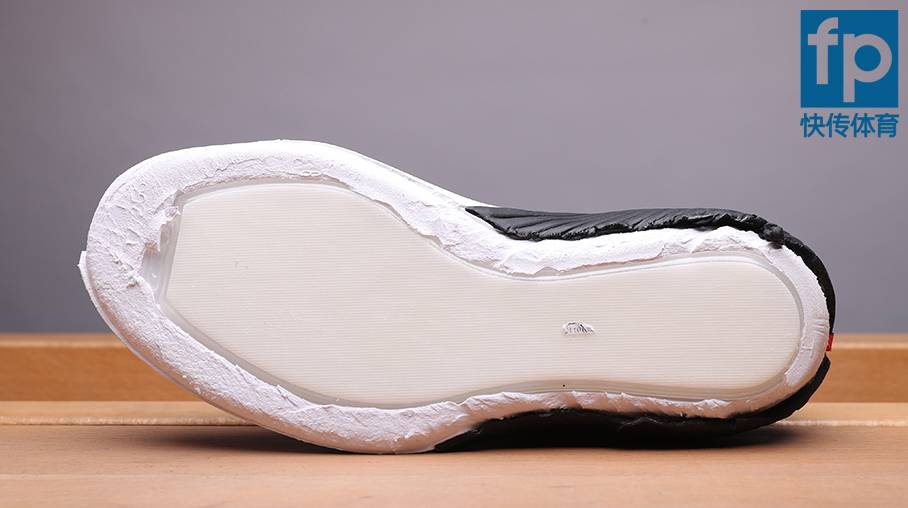
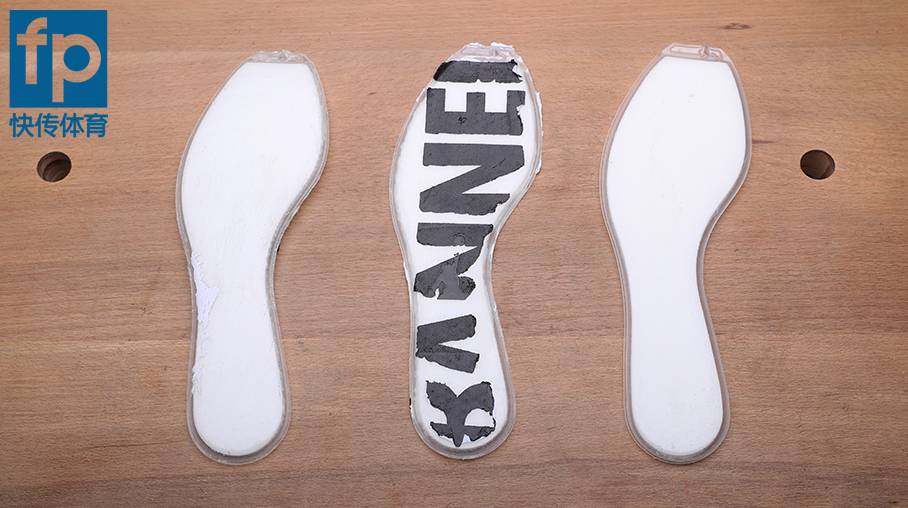
There it is in all its glory. Full. Length. Zoom.
Three full length Zoom Air units are pictured above: the Air Jordan 12 on the left, the Air Jordan 31 in the middle, and the Why Not Zer0.1 on the right. As I said, the units are identical, so there should be few complaints about the size or thickness (8mm) of the Air unit because it’s been around for decades (like a lot of Nike’s tech).
You can scroll through the rest of the images to get an inside look at the Jordan Why Not Zer0.1 deconstructed.
Share your thoughts below in the comment section and stay tuned for the performance review because we’re nearing the end of our wear-testing period. Spoiler alert…it’s fantastic.
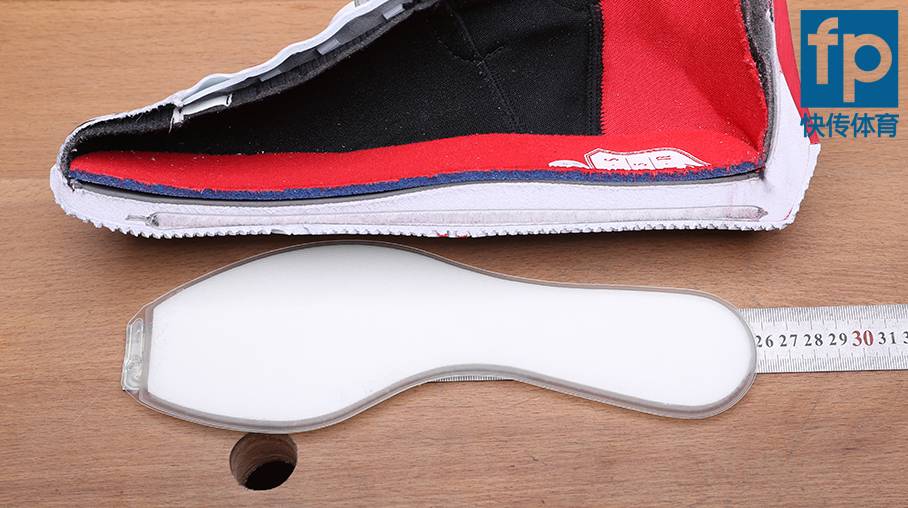
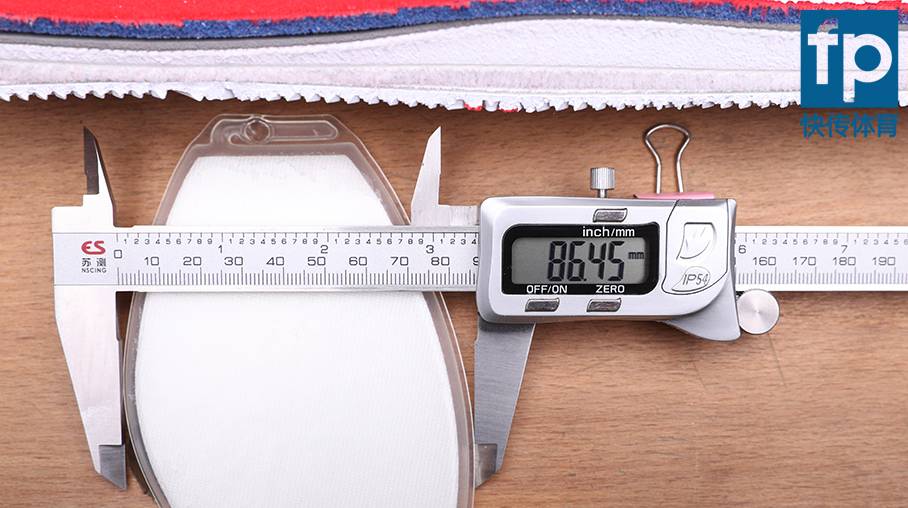
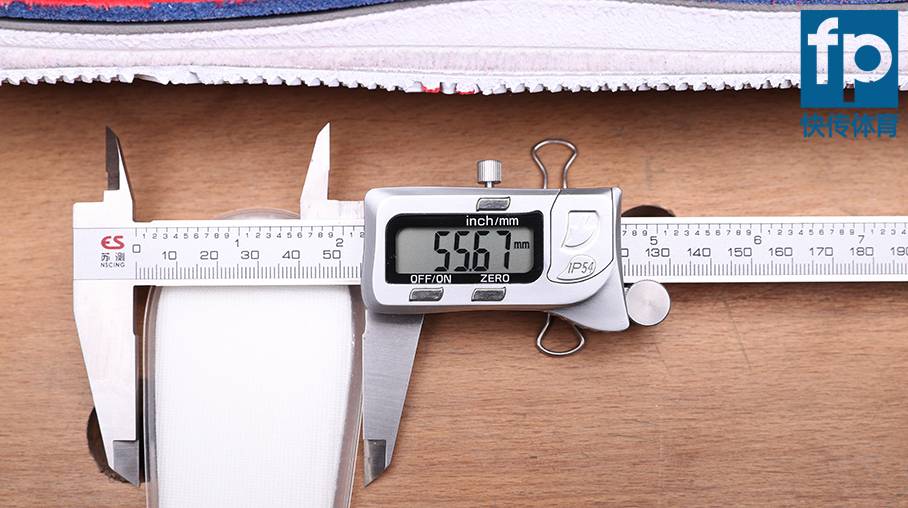
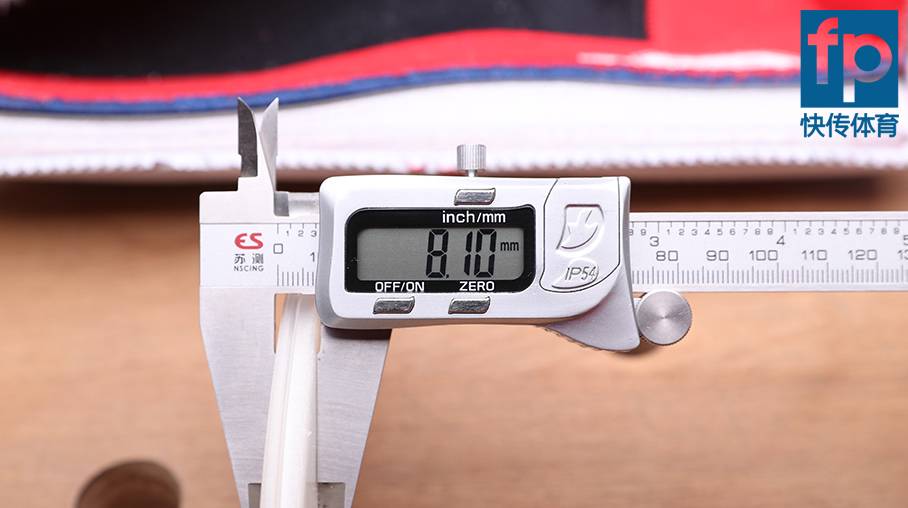
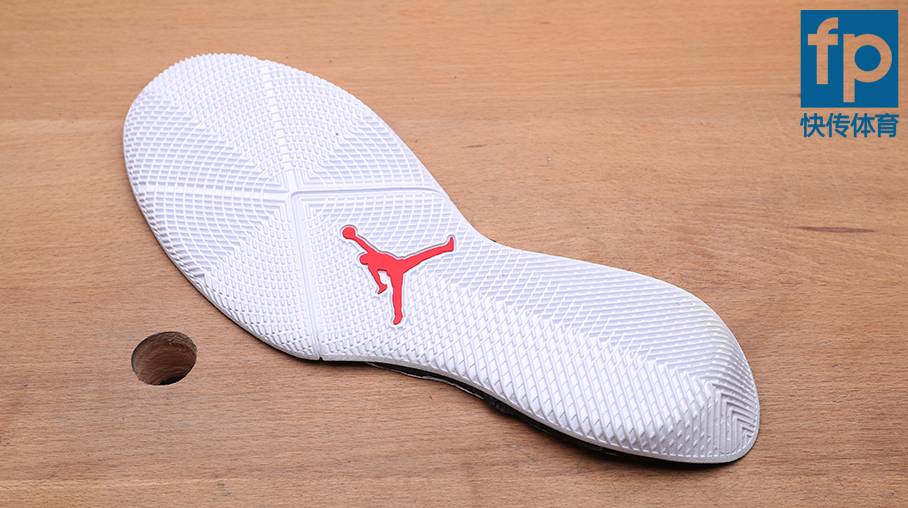
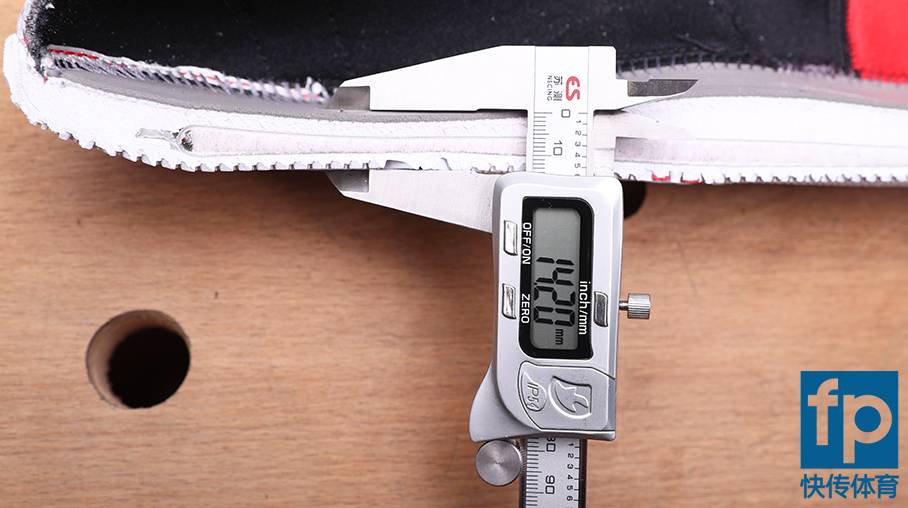
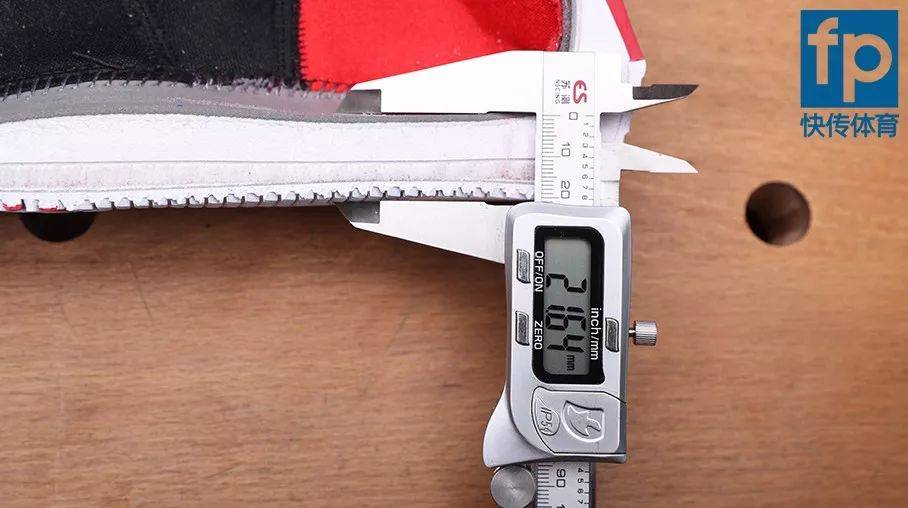
Source: FastPass.cn

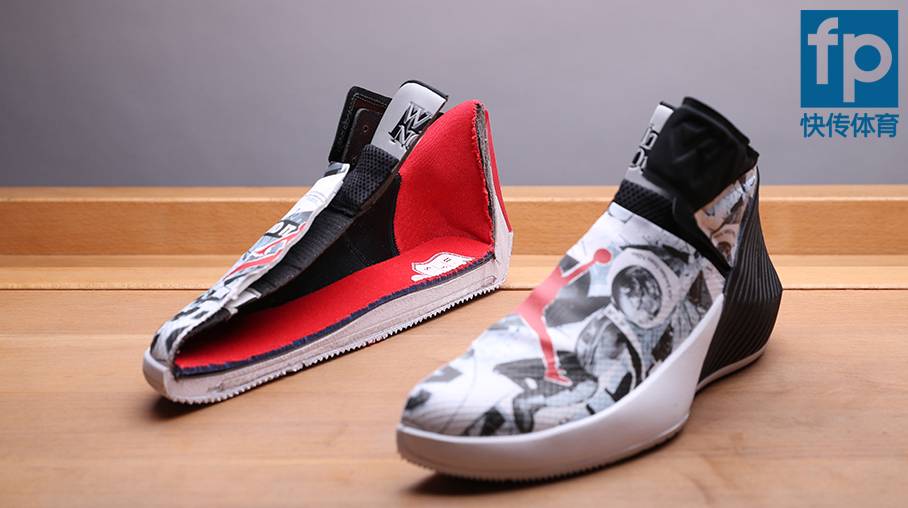

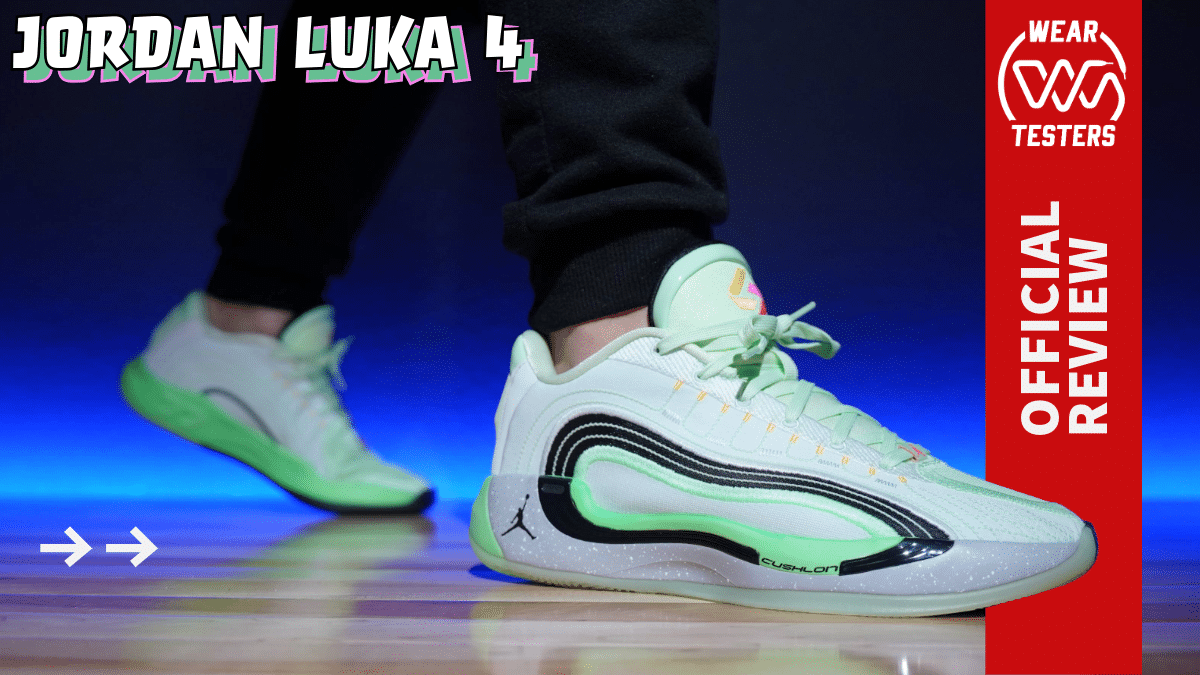
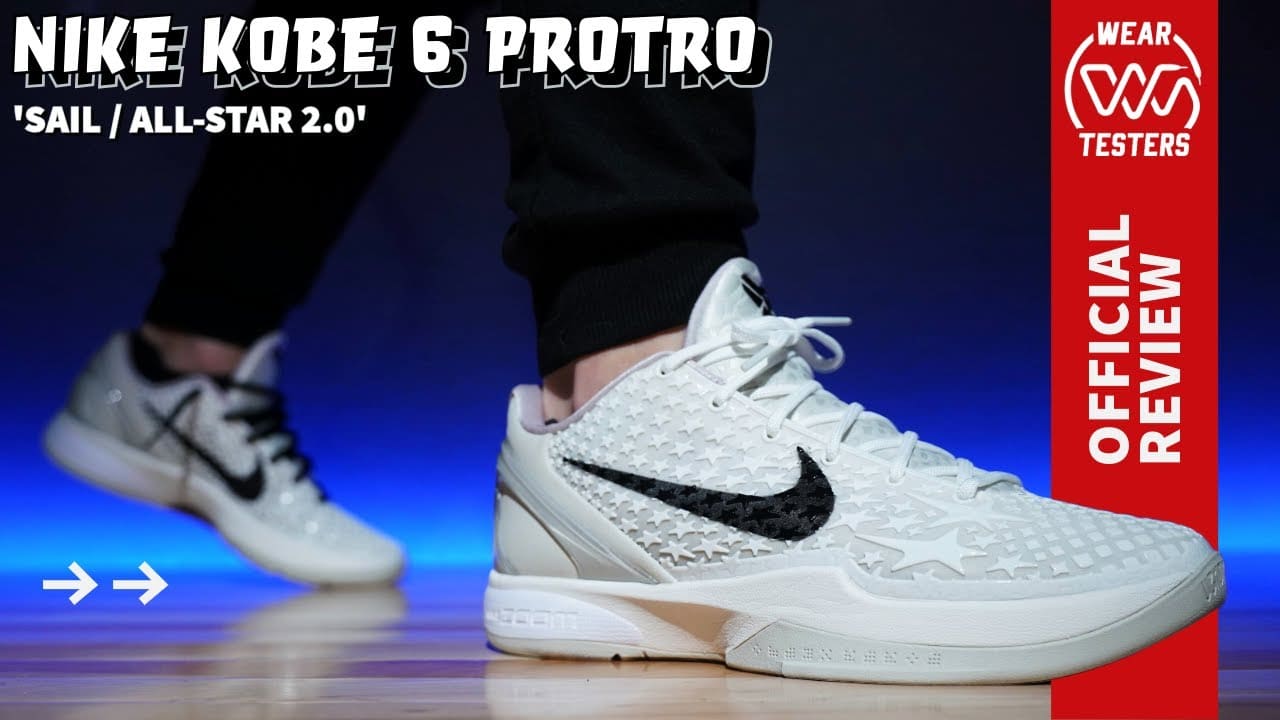
What I find interesting is that there’s seemingly no rigid torsional piece. During the 30/31 changeup I believe Russ opted for 30.5 build because of “sole flexibility”. Never totally understood what was meant by that. I assumed the 30 tooling was favorably more rigid than the 31, but then this Why Not 0.1 could be more flexible than the 31 because the 31 still had a Pebax plate which theoretically would add torsional support despite that not being the main purpose. Meh. Probably dead wrong as I haven’t handled this shoe yet, let alone tried it.
From what I understood Russ liked the rigidness of the Flight Plate along with the flex. Always feeling contained onto the footbed of the shoe. That’s something that the 31 and 32 did not offer due to the Pebax plate as it added additional stiffness that needs to be broken in before you begin to adjust to it. With players wearing new shoes each game they play it’s unlikely that he is able to make them feel comfortable enough to play in without foot fatigue. The Zer0.1 does not cause foot fatigue and they suck your foot onto the footbed really well. Its just enough support and stability without being stiff.
I think the fact that this shoe is mid-sole filled (top-to-bottom, side-to-side, no cut out, no mid-foot floating in the air like 28-30) means the all those phylon itself provides some rigidity, negates the need of a torsional plate.
Maybe. I’d like to see someone try to fold the Why Nots in half and see if the structure of the shoe provides proper support. From my experience, most modern hoop shoes without a shank/torsion plate flex excessively and sometimes fold. Reminds me of kicksology.net review of the Iverson I3 Playoff II shoe.
I am excited to try these out since Duke and NightWing both are enjoying the shoes.
hmmmm…. on the otherhand, the question of how much flex a shoe does or where it specifically flexes on the feet, will it be enough to affect stability or support? I would like to cite the Chuck Taylors of the past where torsional rigidity wasn’t really much of a concern but it didn’t seem to bother players.
anyways, as far as the 0.1s are concerned, basing from the pictures, it seems like that the Phylon midsole is thick enough to support the shoe. the only part that is only seem to be allowed to do some flexing is the toe region which is pretty much understandable.
8mm may be standard but bottom loading it never works. To me at least. I need to feel that sinking and energy return.
You can feel it in the forefoot bc the midsole is so thin there. Heel I can’t feel anything even when bouncing on it. Its a surprisingly comfortable shoe for it being bottom loaded. Definitely nothing like other bottom loaded units such as the PG1.
I’ve gravitated back towards the kobe line recently. Been wearing the 4,5, and 6 alot. Those are some no frills, no gimmicks, done the right way shoes. Especially the 5. That shoe is damn near prefect to me.
Is the insole the same thickness as the Kyrie 3’s?
I’ve been heavily anticipating this shoe ever since you told us about the full length zoom. After playing in the Kyrie 3’s and feeling pain in my shins, I regret just valuing traction as the single-most important quality of a shoe — I want to still be able to have normal knees and shins.
The insole isn’t the reason why you’re having shin pain/shin splints. It could be from overuse (most likely) or from the shoe not having enough cushion for you (possible).
Definitely a combination of cushion and overuse. I have had to prioritize cushion and rest for this very reason since I was 24. I’m 30 now. Felt like my shins were going to snap at some points. I know they weren’t but it was a horrible feeling.
You need boost.
So, they really can make good performing shoes without charging so much money!
What is the difference between playing in unlocked zoom and bottom loaded zoom?
it’s night and day my friend.
There’s no material between your foot and the zoom bag with unlocked zoom.
i see, so these would feel more like those aj12s rather than the 31s?
More like the 12s, yes, not that stiff but definitely not the same level of bounce or responsiveness as the 31.
Why don’t these don’t have the clear soles?
fastpass is from china and they got the XDR version. PH got the clear soled version. In Asia, china taiwan and HK almost always get the xdr/solid rubber version.
idiot remark from so-called sneakerhead: because these are from China, these are fakes.
These are basically the same cushion tooling as the Air Jordan 2010, except without the double-stack zoom in the heel. I LOVE the bottom-loaded setup in that. It also doesn’t have any sort of rigid torsional piece. I have to wonder if the full-length zoom is actually just enough, without a carbon fiber shank or anything. I’ve never had any problems in my AJ2010. Maybe my favorite performing Jordan of all time (despite all the haters).
I also cringe when I see them deconstruct a sneaker and not because of the sneaker but because of the CW. The KD7 “USA”, Kyrie 4 “Graffiti”, Jordan Retro OG, these one, etc. These guys are godly savages and don’t care if its limited or a dope CW they just deconstruct the first pair they get their hands on. Props to them.
i see, so these would feel more like those aj12s rather than the 31s?
Maybe the most surprising thing here is that the 31 only had an 8MM thick unit. Feels much thicker. I get that a lot of that has to do with it being unlocked but I figured it was at least 10MM thick.